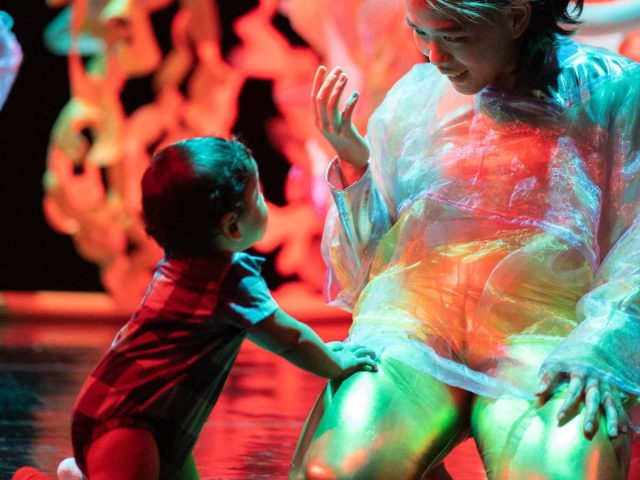We have brought the work of seminal international artists to the UK, nurtured artists and networks, and pushed the boundaries of what contemporary visual performance can do.
2002
Founded in 2002 by Rachel Clare, early successes focus on introducing the work of seminal international artists to the UK.

2003
James Thierrée directs and performs La Veillée des Abysses, which has runs at the Queen Elizabeth Hall, the Peacock Theatre and Wales Millenium Centre and goes on to tour the world. Crying Out Loud has long been associated with James Thierrée and Compagnie du Hanneton, helping to build James’ reputation on the international circuit.

2007
We presented Taoub by Groupe Acrobatique de Tanger – our first work from the continent of Africa. The relationship continues.

2008
James Thierrée directs and performs Au Revoir Parapluie, which has runs at Sadler’s Wells and goes on to tour the world.

2009
Building on relationships developed through Circostrada, we became partners at the start of two EU funded projects: Jeunes Talents Cirque Europe (now CircusNext) and the pilot for PASS Circus Channel.

2010

2012

2013
We delivered a five-year strategic touring programme, Circus Evolution, in partnership with ten regional venues with a vision to bring more circus to more people and places.

2017
We were the lead partner for an EU supported project Circus 250/DRP. It enabled the collaborative creation of Union Black across four countries. We were nominated for the Dan Crawford Innovation Award at the Peter Brook Awards.

2018
We presented Union Black alongside two other ambitious outdoor/tent collaborations that also experimented with, and expanded, the contemporary circus form. In Circus 250, we celebrated the 250th anniversary of the birth of modern circus by working with leading international artists and young UK talent,

2019
We begin developing a new work that merges urban dance forms with circus in collaboration with six international performing artists, called Kundle Cru, who continue to make and present work together.

2021
We begin work to explore how circus artists can extend their audience reach through rural arts networks with Circus Around & About ‘bringing high quality, small-scale circus to village communities’ as well as internationally with Crossing Borders.

2023
Crying Out Loud moves its HQ to Portsmouth, and begins a new shared programme of work with Sud Basu’s company Third Version Creative.



